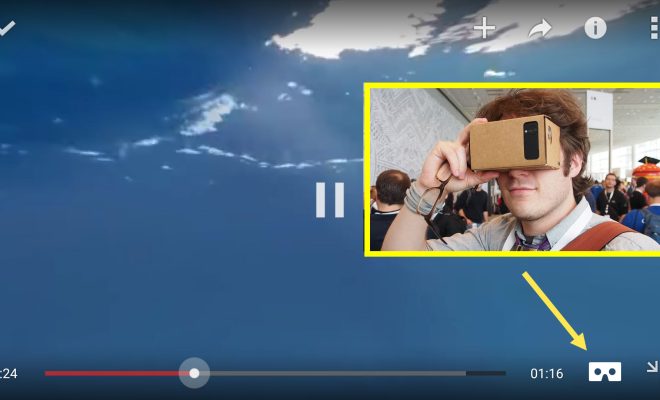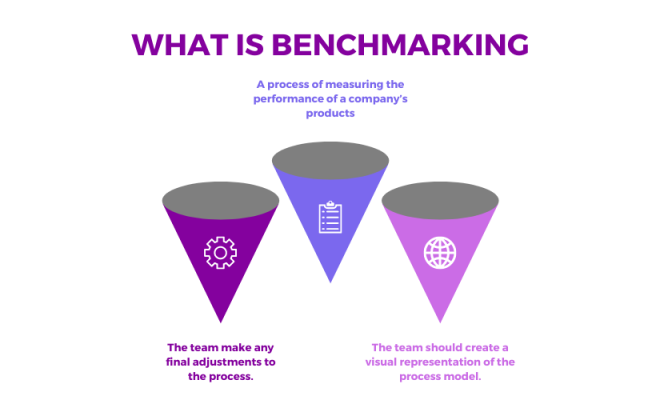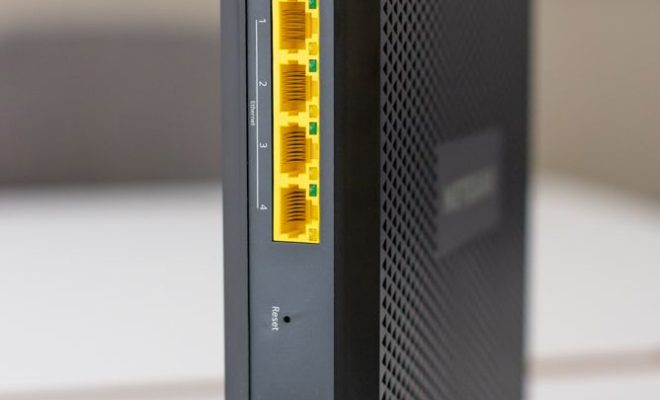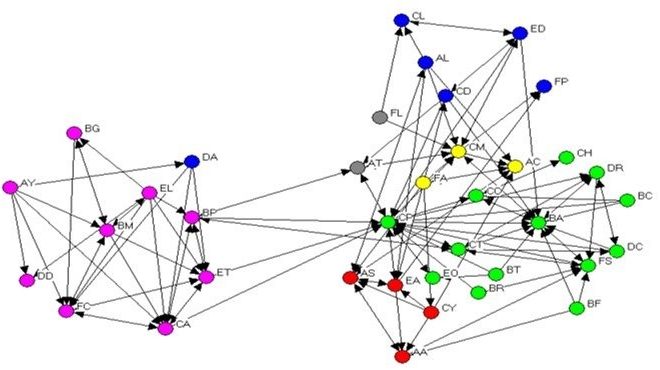What Is Jack Dorsey’s Web5 and How Will It Work?
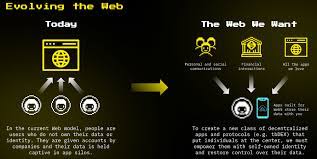
Jack Dorsey, the co-founder and CEO of Twitter, recently announced a new initiative called “Web5”. So, what exactly is Web5 and how will it work?
Web5 is essentially a decentralized version of the internet, built on top of blockchain technology. This means that instead of storing data on centralized servers owned by corporations or governments, Web5 will rely on a network of computers, with each node storing a copy of the data.
The idea is to create a more open and democratic internet, where users have greater control over their own data and can interact with each other directly, without the need for intermediaries like social media platforms or search engines.
Web5 will also be a censorship-resistant platform, where users can share information and ideas freely without fear of being de-platformed or banned. This is particularly appealing to those who have been banned from popular social media platforms for expressing controversial views.
So how will Web5 actually work in practice? Users will be able to interact with each other through decentralized applications (dApps) built on top of the Web5 protocol. For example, there could be a decentralized social media platform where users can share content and connect with each other directly, without the need for a central authority controlling the platform.
Web5 is still in the early stages of development, and it remains to be seen how successful it will be. However, there is certainly a growing interest in decentralized technologies like blockchain, and Web5 has the potential to revolutionize the way we interact with each other online.
One potential challenge for Web5 is adoption. In order for the platform to be successful, it will need to attract a critical mass of users and developers who are willing to build and use decentralized applications. This may take some time, as there is still a steep learning curve for many people when it comes to understanding blockchain technology.
Overall, Web5 represents an exciting new direction for the internet, one that has the potential to foster greater decentralization and individual empowerment. Only time will tell if it will catch on, but for now, it’s certainly worth keeping an eye on.

